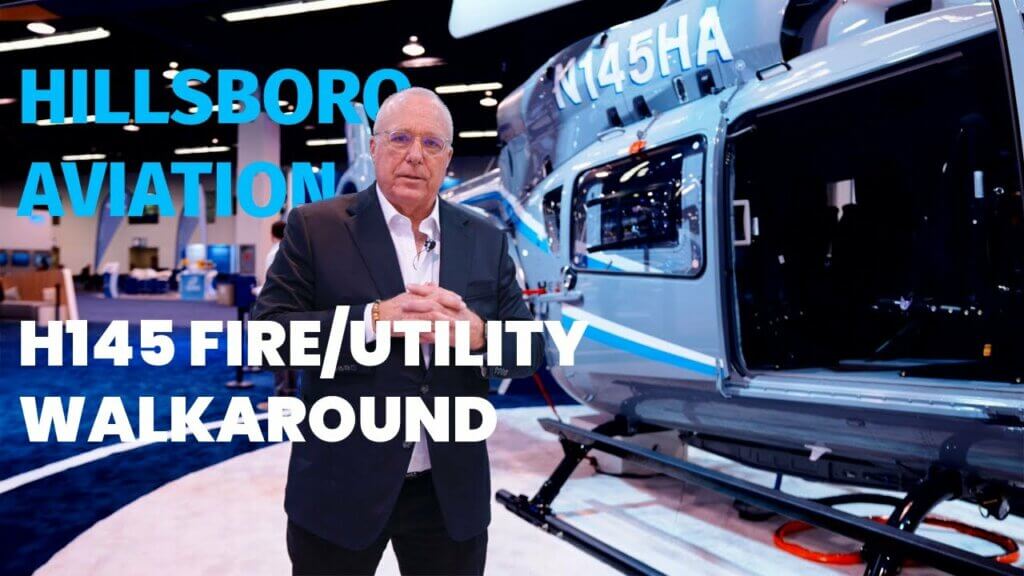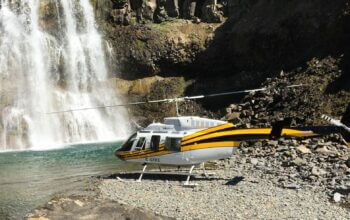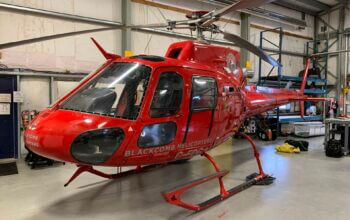Vanderbilt LifeFlight personnel recently received training on using advanced cardiac devices in transport settings, devices that were historically found only at hospitals like VUMC. The devices can mean the difference between life and death for patients before they reach the hospital.
The training event, which was held at Vanderbilt Wilson County Hospital and the Lebanon Municipal Airport in November 2022, was a partnership of LifeFlight and VUMC’s Temporary Mechanical Circulatory Support (TMCS) Committee, a multidisciplinary, multi- departmental group committed to standardizing practice around temporary invasive support devices. The committee has representation from cardiac surgery, cardiology, interventional cardiology, Vanderbilt Heart and Vascular Institute (VHVI) quality administration, pharmacy, heart failure and ECMO.
Content experts from the committee trained LifeFlight personnel on the use of ECMO, or extracorporeal membrane oxygenation, a life-sustaining mechanical system that temporarily takes over for the heart and lungs of critically ill patients, allowing them to rest and recover. Operating for more than three decades, VUMC’s ECMO program is the first and largest in Middle Tennessee and one of the largest in the nation.

Other cardiac devices that were part of the training were the Intra-Aortic Balloon pump, percutaneous ventricular devices (p-VAD), and continuous flow ex-vivo support therapies.
Such devices have been used for years in hospital settings, but are becoming more common in some transport settings, such as LifeFlight’s ground ambulances and fixed-wing aircraft.
Using the devices in a mobile setting requires additional care and training because the devices are sensitive and could fail if they move excessively and are not placed precisely on the patient.
“In ICU settings, these devices are static,” said Austin Pierce, EMT-P, FP-C, clinical education facilitator for LifeFlight. “They are at the bedside and typically don’t move unless the patient goes somewhere. But in the transport environment, not only do you have that complex patient, now all the stuff is fluid. It’s moving. You have a much higher chance of these devices becoming dislodged.”
Pierce said LifeFlight personnel have long been trained in traditional critical care life support such as ventilators and have included some of these advanced devices in an annual hemodynamics lab. But the recent training takes things to the next level in understanding the devices, which are constantly evolving.
The specialized cardiac devices allow Vanderbilt to extend its level of care farther afield, where patients are being treated at community hospitals without access to such care, said Lynne Craig, RN, ECMO coordinator and co-chair of the TMCS Committee.
“If you’re a patient who lives in a rural area and you aren’t feeling great and you go to the hospital, and it ends up you’re in the midst of a massive heart attack and your options may be somewhat limited based on your geographic location, you may not be able to do the things you need done if you need some more advanced intervention. Vanderbilt LifeFlight can use these devices to buy patients some time until they can be transported to VUMC.”
Jessica Williams, RN, CCRN, VUMC Cardiovascular Intensive Care Unit program coordinator and co-chair of the Temporary Mechanical Circulatory Support Committee, said the partnership improves care across the continuum.
“Working with LifeFlight on this project increases our confidence in what these patients look like when they land in our CVICU, regardless of where our LifeFlight team is transporting them from,” Williams said. “We’ve got the best team and the interdisciplinary approach to offer the best that’s available.”
This press release was prepared and distributed by Vanderbilt University Medical Center.








